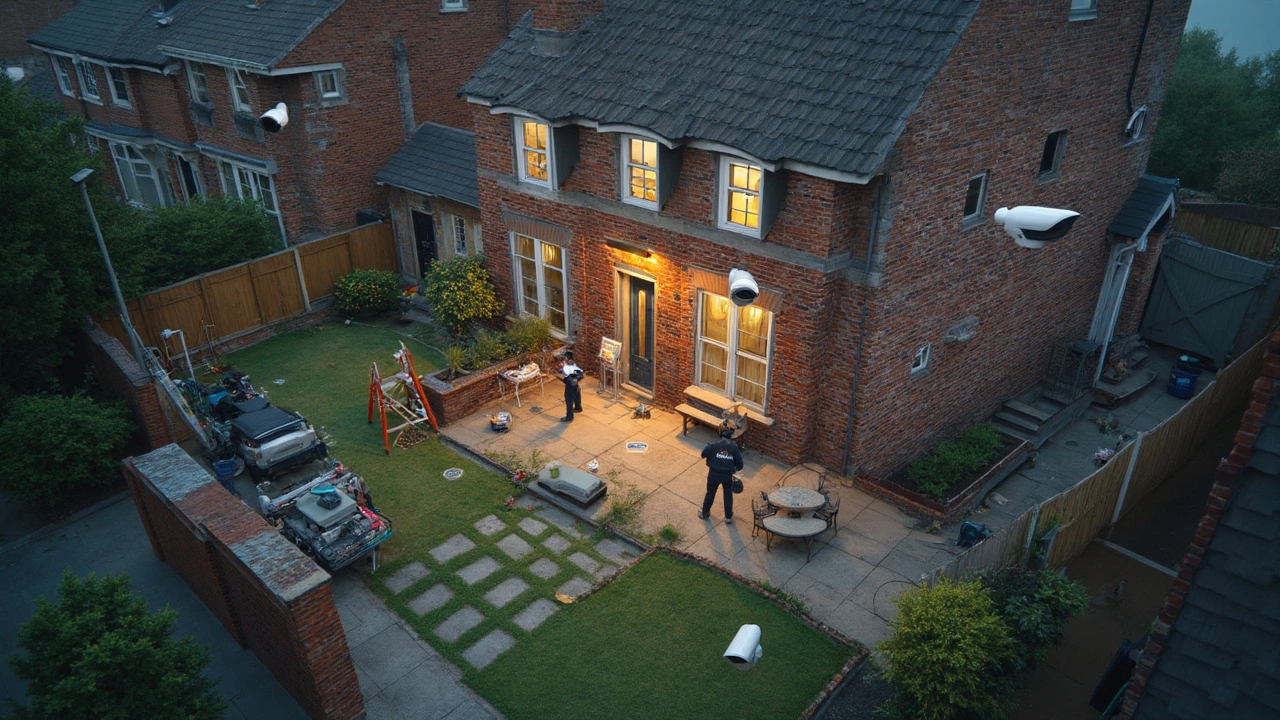If you’re scrolling through quotes and wondering why the numbers jump from £300 to £4,000, you’re not alone. CCTV pricing isn’t a mystery, but it does have a few moving parts that can make the final figure feel confusing.
First up, hardware. A basic 4‑camera set with 720p resolution will cost far less than a 16‑camera 4K system with night‑vision IR LEDs. Brands matter too – a well‑known name usually carries a premium, while a reputable local supplier can shave off a good chunk.
Second, installation. DIY kits are cheap on paper, but you may need extra wiring, mounting brackets, and a bit of know‑how. Professional installation adds labor fees, which can range from £100 to £600 depending on the complexity of the layout and whether you need drilling, conduit, or cable runs through walls.
Third, storage and monitoring. On‑site DVR/NVR boxes cost around £100‑£300, but cloud storage plans can add £5‑£15 per month. If you want 24/7 live monitoring from a security company, expect a service charge of £30‑£80 per month.
Lastly, location. Installing cameras outdoors in a garden or on a multi‑storey block often requires weather‑proof housings, extra power supplies, and possibly permission from a landlord or local council. Those extras bump up the price.
For a small home with 4 indoor cameras, expect an all‑in‑one package (hardware, basic installation, and a year of cloud storage) to sit between £500 and £900. Add a couple of outdoor bullet cams, and you’re looking at £1,200‑£1,800.
Medium‑size properties, such as a 6‑camera mix of indoor and outdoor units, usually run £2,000‑£3,500. That includes higher‑resolution lenses, stronger IR range, and a more robust NVR.
Large commercial sites or multi‑unit block estates can push the total beyond £5,000, especially when you factor in extensive cabling, multiple monitoring stations, and integration with access control systems.
Start with a clear map. Sketch where you need coverage and stick to the essential spots – front door, driveway, garage. Fewer cameras mean lower hardware and installation costs.
Consider hybrid systems: a few wired cameras for high‑risk zones and battery‑powered Wi‑Fi cams for lower‑risk areas. This reduces trenching and conduit expenses.
Shop around for quotes. Many UK installers offer a free site survey and will tailor a package to your budget. Don’t be shy about asking for itemised pricing – it helps you see where you can cut back.
If you’re tech‑savvy, go the DIY route for mounting and wiring, then hire a professional just for the final check‑and‑connect step. You’ll still get a certified system without paying full labor fees.
Finally, lock in a longer‑term cloud storage plan if you’re certain you’ll use it. Providers often give a discount for a 2‑year commitment versus month‑to‑month billing.
Bottom line: the cctv system price you see on a flyer is just a starting point. By understanding hardware, installation, storage, and location factors, you can pick a solution that protects your home without breaking the bank.

CCTV installation often comes with a bigger price tag than most folks expect. This article breaks down what drives the cost up, from the price of cameras to labor and ongoing maintenance. Learn which choices eat up your budget and discover tips to get solid security without overspending. Real-world examples keep it practical, not just theoretical. The article also covers common mistakes people make when buying CCTV setups.